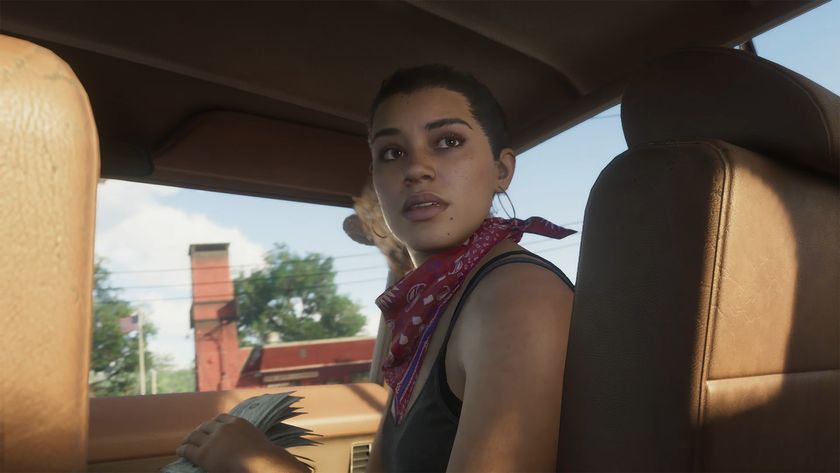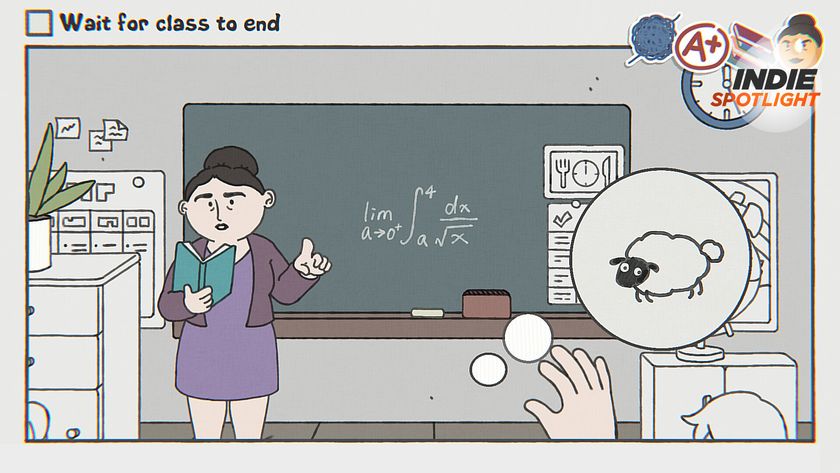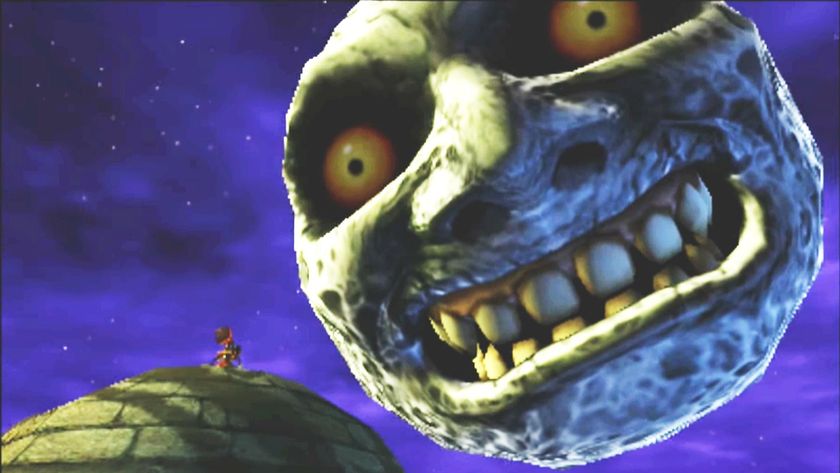High Horse: Difficulty in games is broken
Games have changed, the playerbase has changed, but challenge needs to catch up

High Horse is a rotating opinion column in which GamesRadar editors and guest writers are invited to express their personal thoughts on games, the people who play them and the industry at large.
When I was younger, game difficulty barely factored into my consciousness: I acknowledged that certain games were harder than others, but I didn’t complain about it. I beat my head against the last level of Ninja Gaiden II on the NES repeatedly until I won, and I cursed and stomped around my room, but it never occurred to me the state of affairs could be a problem with the game. Older gamers may sound like we’re calling newer gamers coddled when we talk about the old days, but I’m glad that games have gotten easier and offered more difficulty levels. As a kid, I had all the time in the world to die over and over; as an adult, I need more fun and less frustration in my much-more-limited free time.
However. I’ve found my niche: that of an experienced gamer who’s good enough to enjoy a challenge, but not so amazing at games that I can crank difficulty up to the hardest level like it ain’t no thing. From that perspective, game difficulty is showing increasing problems.

At the core of the issue are some basic assumptions of what “Normal” and “Hard” are. In the old days, Normal was what you played until you got good enough at a game until you could tackle Hard mode (something which I almost never attempted back then). Nowadays, Normal in many games has edged closer to what Easy mode would have been 20 years ago. Hard is now the equivalent of Normal. The solution to this should be obvious: just crank it to Hard on every game.
Unfortunately, developers seem to be approaching the actual difficulty balance within Hard mode like they did in yesteryear: they don’t worry if it’s pitched just right, because if you choose Hard mode, you “kind of deserve whatever you get.” That mentality was fine in the past, but now that Hard is the only option for a decent challenge, it means that I can almost never find a reasonable sweet spot for my own skill level. Here’s an example: in Gears of War 2, the difficulty levels have descriptions to guide you. Easy mode says (I’m paraphrasing) “You’re new to shooters.” Normal mode says “You have experience with shooters” and Hard says “You know how to pull off a headshot.” I thought “Hey, I know how to do headshots!” And off I went.
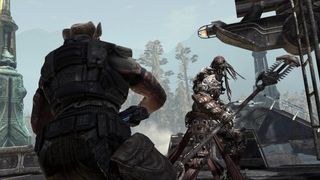
The game’s challenge was perfect for much of the story, but a number of times, I hit difficulty spikes that went from challenging to ludicrous. I’d get through most areas without dying, and then suddenly a random room would kill me 20 times in a row. Sure, I “deserved what I got,” but if I’d played Normal mode, the game would have been horribly boring, considering most of Hard mode wasn’t even particularly challenging.
Similarly, when I played the original Infamous on Hard mode, I had no problem tackling the entire game… until I got to the final boss. Suddenly, the difficulty spiked to 10 times greater than anything else in the game, and I tried to kill that jerk like 30 to 40 times before giving up in disgust. When Infamous 2 came around, I wanted to play through a complete story, so I shamefully turned Infamous down to Normal – and the last boss became a joke. That’s the only time I’ve ever reduced the difficulty of a game, and it still bothers me, as though I never truly beat it.
Sign up to the 12DOVE Newsletter
Weekly digests, tales from the communities you love, and more

This trend worries me, because it feels like even developers of “hardcore” games are abandoning the notion that games are even games anymore. If there’s no actual challenge, then you’re just playing a vaguely interactive movie. If games all trend toward an easy-ass Normal mode and totally unbalanced Hard modes, where are gamers like me left?
On the other end of the spectrum, we have games that err on the side of too much difficulty without bothering to balance for tight controls or fair enemies. Again, it’s like the attitude of “you deserve what you get,” except that in this case, the games offer no easier options. Recently, I knocked the score down on BloodRayne: Betrayal, War of the Worlds, and Choplifter HD, due to their sloppy approaches to difficulty – each one had clunky controls combined with level design that called for pinpoint accuracy.
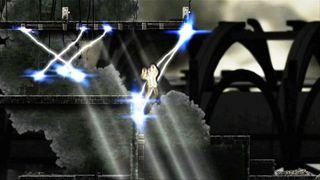
I had no problems with these games as concepts. If a dev wants to make a super-difficult old-school game, more power to them. However, they need to give players the proper tools for the job – for instance, I liked Hard Corps: Uprising, because it had great controls and an RPG system that let you beat it slowly, through attrition. Super Meat Boy had some of the most precise platforming controls ever, and it also didn’t punish you too much for failure, always respawning you super-quickly, and never far from your goal.
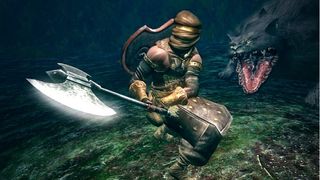
I know I’m not alone when I stare at the start screen and wonder, “If I choose Normal, I’ll be vaguely bored, but if I choose Hard, will I be screaming later?” Now more than ever, devs need to carefully balance difficulty, precisely because the gaming sphere is so much bigger. The range of skill levels is broader than ever. Games these days don’t need a million difficulty levels, just slightly expanded ones: devs only need to carefully balance Normal and Hard modes, and then leave Easy and Insane as the “you deserve what you get” options. There are exceptions: games like Dark Souls and Kirby’s Epic Yarn can still sit in their bookends at either end of the spectrum. But for most games, devs should focus on balancing their games for both “casual” and the “semi-hardcore” – those of us currently left hanging out to dry.
Most Popular





